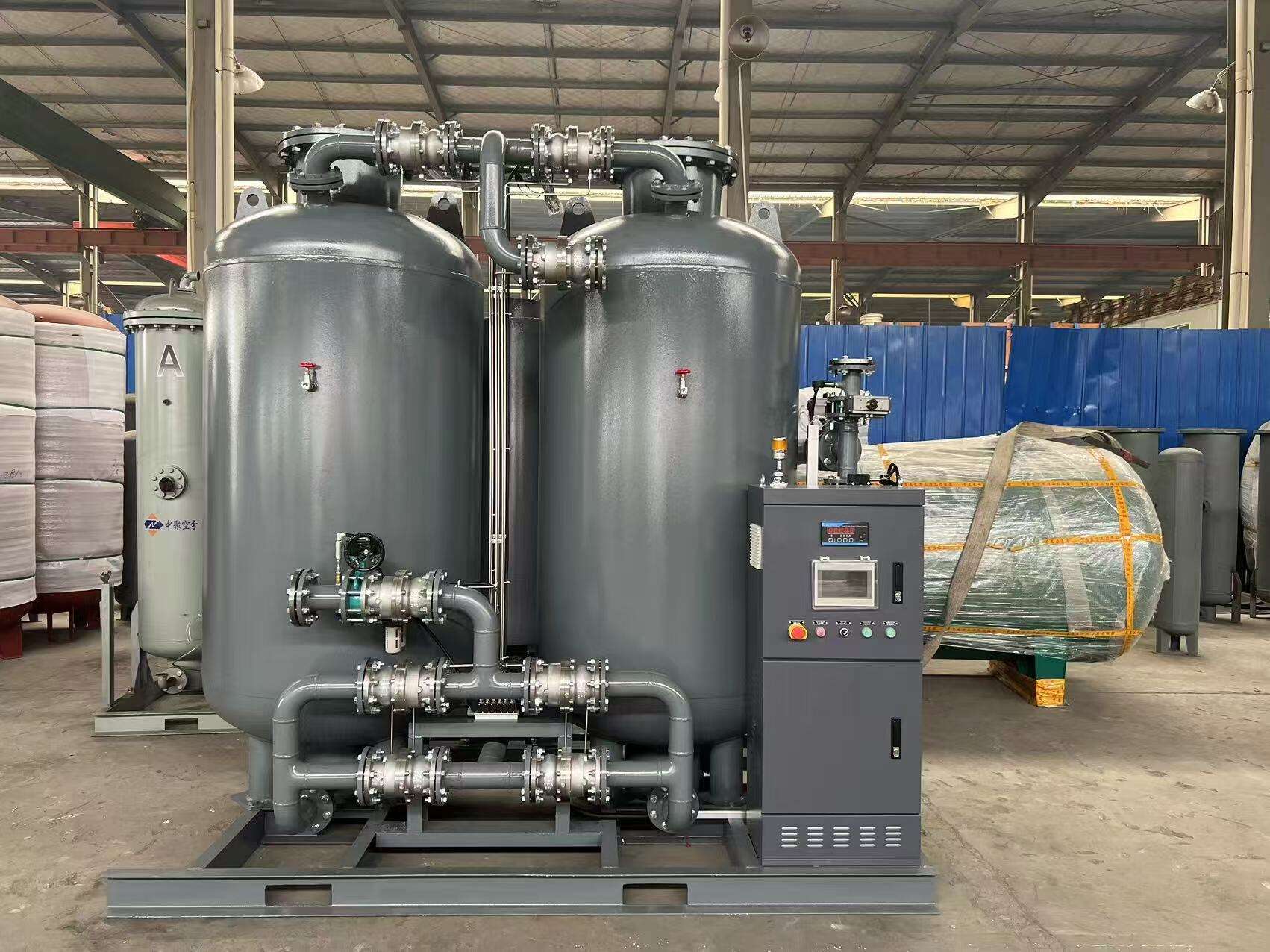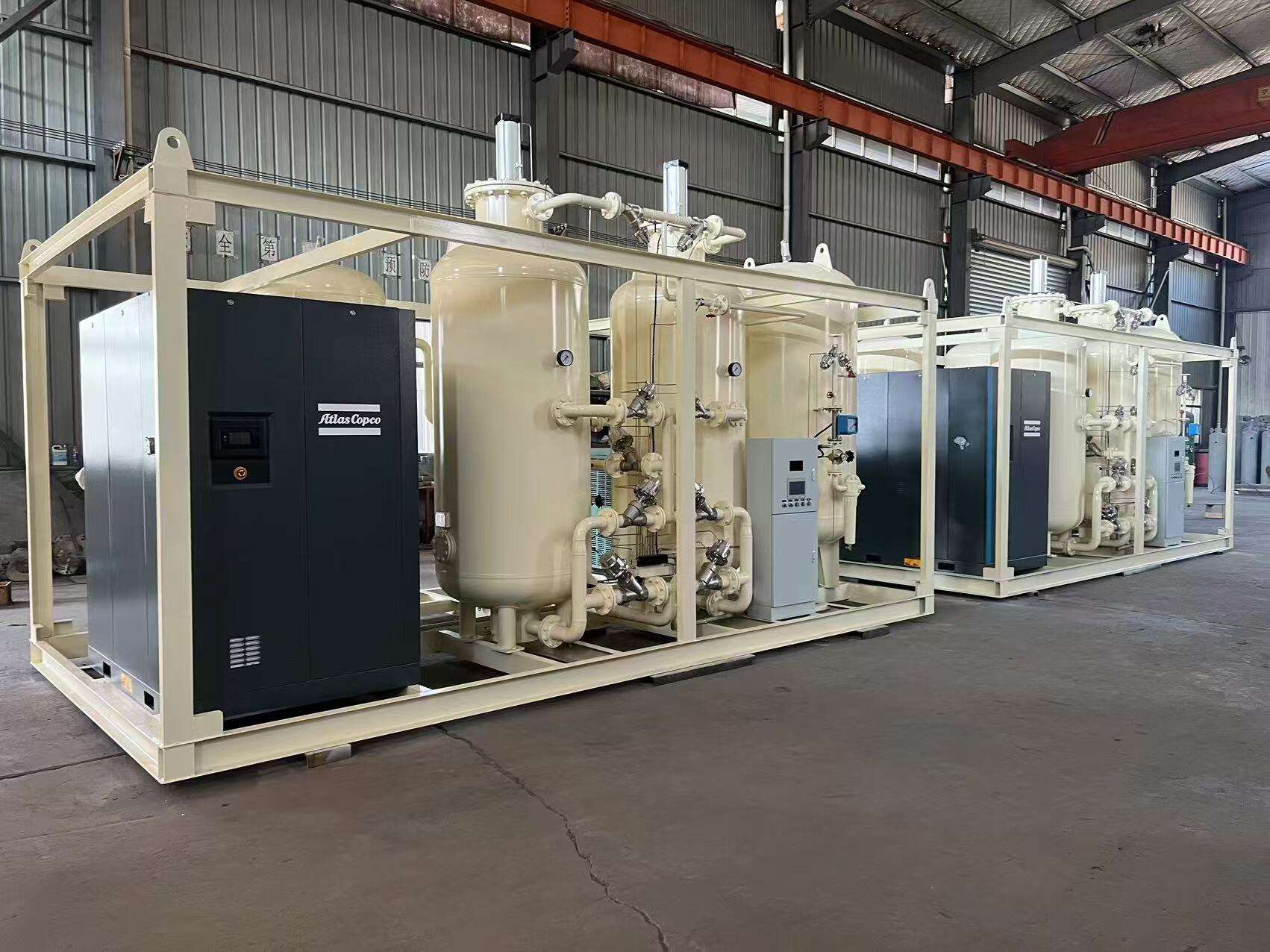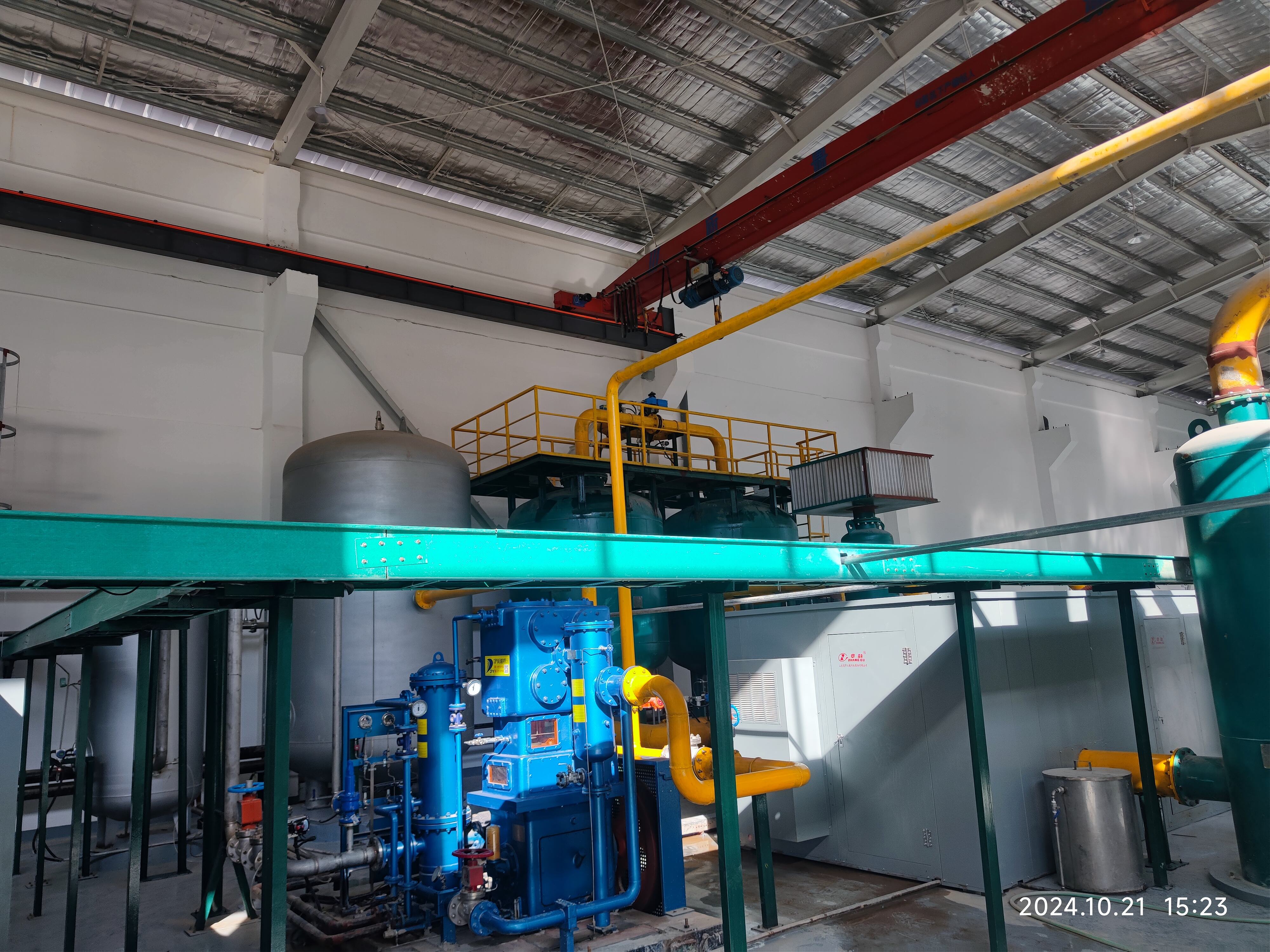sécheur moléculaire concentrateur d'oxygène
Un concentrateur d'oxygène à tamis moléculaire est un dispositif médical avancé qui sépare l'oxygène de l'air ambiant grâce à un processus de filtration sophistiqué. Cette technologie innovante utilise des matériaux zéolitiques spécialisés qui adsorbent sélectivement les molécules d'azote tout en laissant passer l'oxygène. Le processus commence lorsque l'air est aspiré dans l'appareil et comprimé. L'air comprimé passe ensuite par les lits de tamis moléculaires, où les molécules d'azote sont piégées dans la structure cristalline des zéolites. Ce processus de séparation, appelé Adsorption par Variation de Pression (AVP), produit un flux concentré d'oxygène atteignant généralement des niveaux de pureté entre 90 et 95 %. L'appareil fonctionne par cycles, alternant entre deux lits de tamis pour assurer une production continue d'oxygène. Les concentrateurs modernes intègrent des systèmes de contrôle intelligents qui surveillent la pureté de l'oxygène, les débits et la pression du système en temps réel. Ces unités trouvent des applications étendues dans les environnements de soins de santé, des hôpitaux et cliniques aux soins à domicile. Elles servent de sources fiables d'oxygène pour les patients souffrant de maladies respiratoires telles que la BPCO, l'asthme et la pneumonie. Les applications industrielles incluent le travail de laboratoire, la découpe métallique et le soufflage de verre. L'efficacité et la fiabilité de cette technologie en ont fait un outil essentiel dans les secteurs médicaux et industriels, offrant une alternative coûteuse efficace aux méthodes traditionnelles d'approvisionnement en oxygène.


